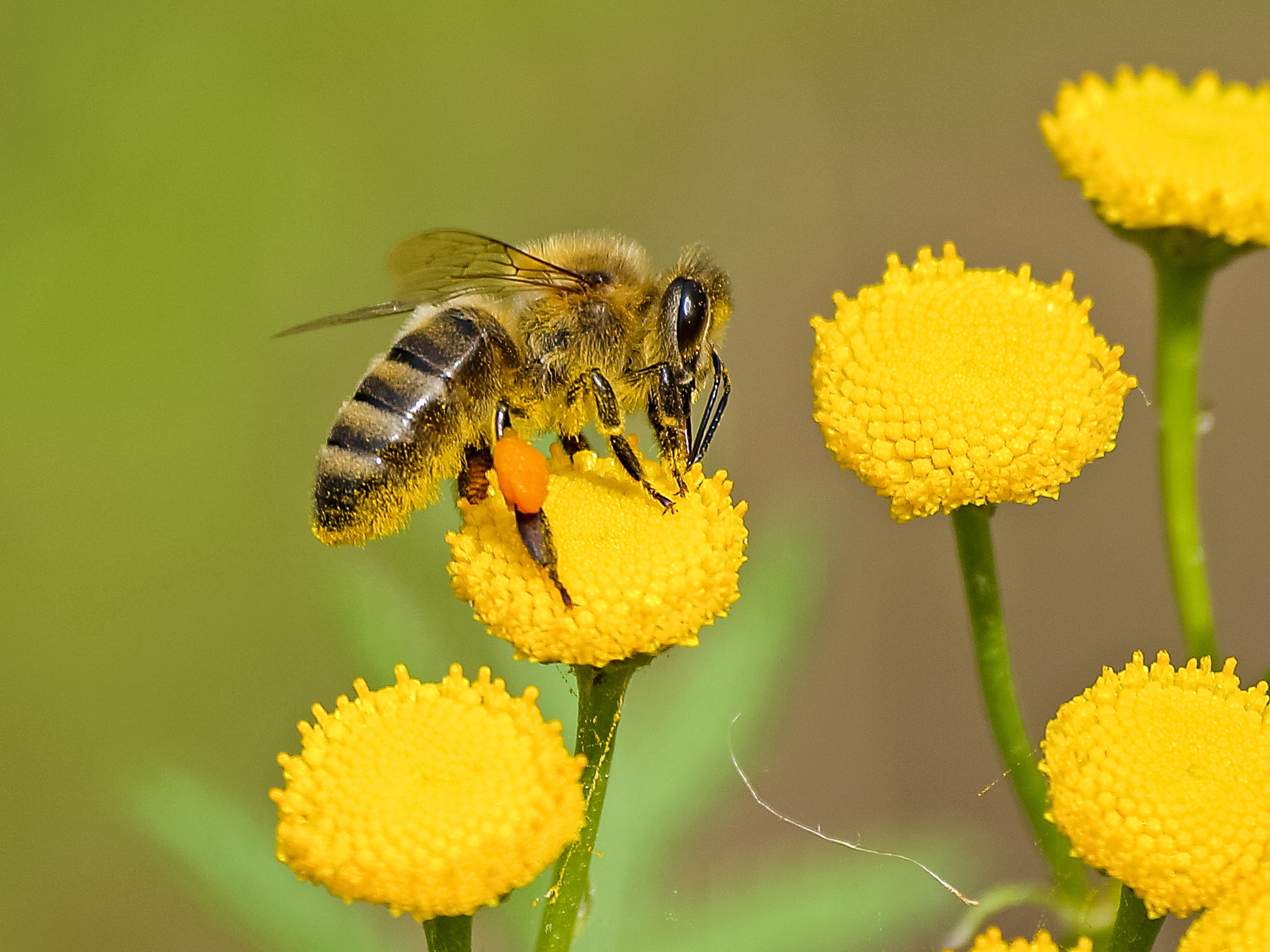
Prepackaged food and beverage producers seeking more environmentally responsible options to protect their products may find just what they’re looking for at Georgia Tech, where a research team developed an innovative bio-based plastic that’s essentially formed from tree fibers and crabs shells.
While exploring how they could leverage the inherent qualities of chitin (pronounced “kite-IN”), a hard, tough substance found in fungi and in the shells of crabs, lobsters and other crustaceans, the Georgia Tech team discovered that they could make a clear, flexible bio-based plastic by combining chitin with cellulose. Cellulose—the world’s most common biopolymer—is the polysaccharide found in trees and plants that give them their strength and structure.
Replacing petroleum-based transparent films with natural, bio-based alternatives in “barrier films” that protect food could be both good for business (it’d be competing in a growing, $4.1 billion market) and good for the environment, since bio-based films would be biodegradable. (Check out our June blog post for a snapshot on just how much damage is being done to the oceans from indissoluble plastics.)
Substituting PET with Bio-Based Plastic
Today’s clear standard for consumer food packaging is polyethylene terephthalate (PET), which is used in soft-drink bottles and transparent films. Its high clarity, temperature tolerances, impact resistance and ability to impede gas and moisture make it ideal for transporting food and keeping it fresh.
Those advantages come with one crucial disadvantage, though: photodegradation (prolonged exposure to sunlight) is the only natural way to break down PET plastics . . . and even then, they simply decompose into potentially toxic chemicals like bisphenol A (BPA) and PS oligomer.
So it’s no wonder material scientists have devoted so much time and energy to capitalizing on the inherent benefits of cellulose. If you’ve ever pulled some nuts, cereal or raisins out of a white, semi-transparent bag, you’ve experienced cellulose film firsthand. But as you may recall from that experience, cellulose film isn’t completely transparent and doesn’t have some of PETs other attractive qualities.

That’s where Georgia Tech’s new research comes in. Its team created a unique film composite by spraying a surface with alternating layers of cellulose and chitin nanofibers suspended in water. Once the new film is fully dried, it has all the benefits you’d demand from ideal food packaging: Strength, flexibility, transparency and, perhaps most important, the ability to be composted.
Since it comes from plant and wood waste, cellulose is readily available. So, too, is chitin; in fact, it’s the planet’s second-most common biopolymer. So chitin-rich byproducts from the seafood industry could potentially provide readily available raw material that could be used to manufacture the film.
“We recognized that because the chitin nanofibers are positively charged, and the cellulose nanocrystals are negatively charged, they might work well as alternating layers in coatings because they would form a nice interface between them,” explained J. Carson Meredith, a professor in Georgia Tech’s School of Chemical and Biomolecular Engineering, in a news release announcing his team’s research.
That “nice interface” that Meredith describes comes with an advantage that even PET can’t equal: The cellulose-chitin film presented nearly a 70 percent reduction in oxygen permeability over some forms of PET. That means that, in theory, a commercialized version of the film could help keep packaged foods and drinks fresher longer.
Scaling Up for Commercialization
For a future cellulose-chitin combination to successfully scale up, it’ll have to improve its ability to block water vapor and prove its cost-competitiveness in manufacturing. While cellulose production methods are well-established, techniques for producing chitin are relatively new. Still, the investment could be worth the effort, especially as food producers attempt to meet growing worldwide demand.
“We had been looking at cellulose nanocrystals for several years and exploring ways to improve those for use in lightweight composites as well as food packaging, because of the huge market opportunity for renewable and compostable packaging, and how important food packaging overall is going to be as the population continues to grow,” Meredith said.
What other industries might find clear benefit from increased use of a super-thin, transparent, flexible and biodegradable film?
Editor’s Note: While Nomaco doesn’t manufacture flexible plastic packaging film, we’re always interested in new innovations in material science such as this potential new bio-based and compostable plastic. If you’re interested bio-based foam packaging, we invite you to learn more about Nomagreen Natural, our bio-based polyethylene foam made from sugarcane.
The Innovation, Inspiration & Ideas blog was created to share stories and profiles of companies, products and individuals creating innovation in business through inventive material solutions. For more information on why we launched it, read our blog introduction.
Also in University Research:

Bees Provide Solution to Adhesive Failure
in University ResearchAdhesive can present a problem in high-humidity or low-humidity climates, but Georgia Tech researchers may have found a sticky solution by looking at honey bees. Bees collect pollen and carry… Read More

Stained Glass Technique Used to Create Bioactive Glass That Fights Bacteria
in University ResearchLeveraging a technique for making stained glass that dates back hundreds of years, a group of researchers at Aston University (Birmingham, UK) have developed a wholly modern weapon in the… Read More
